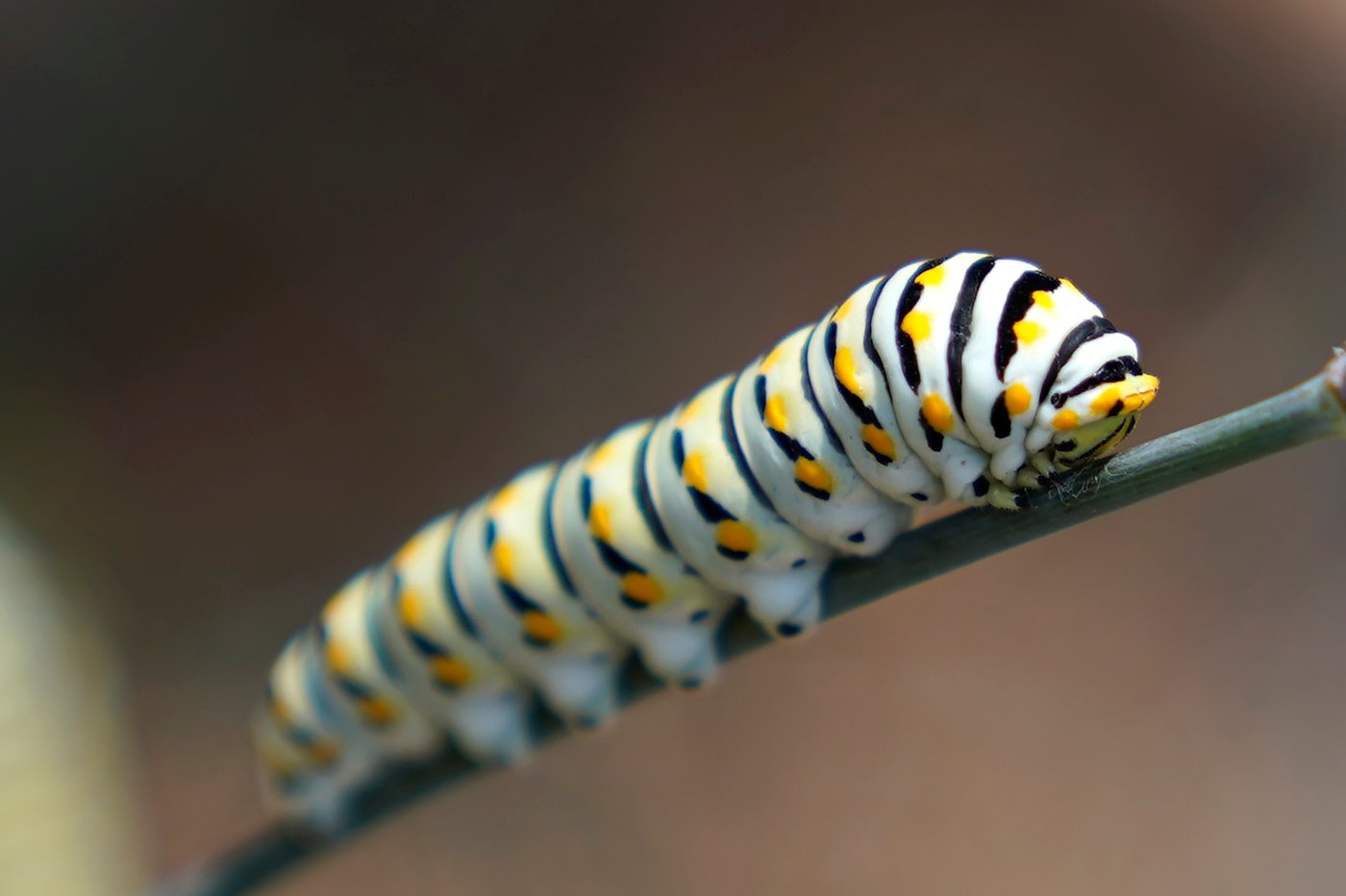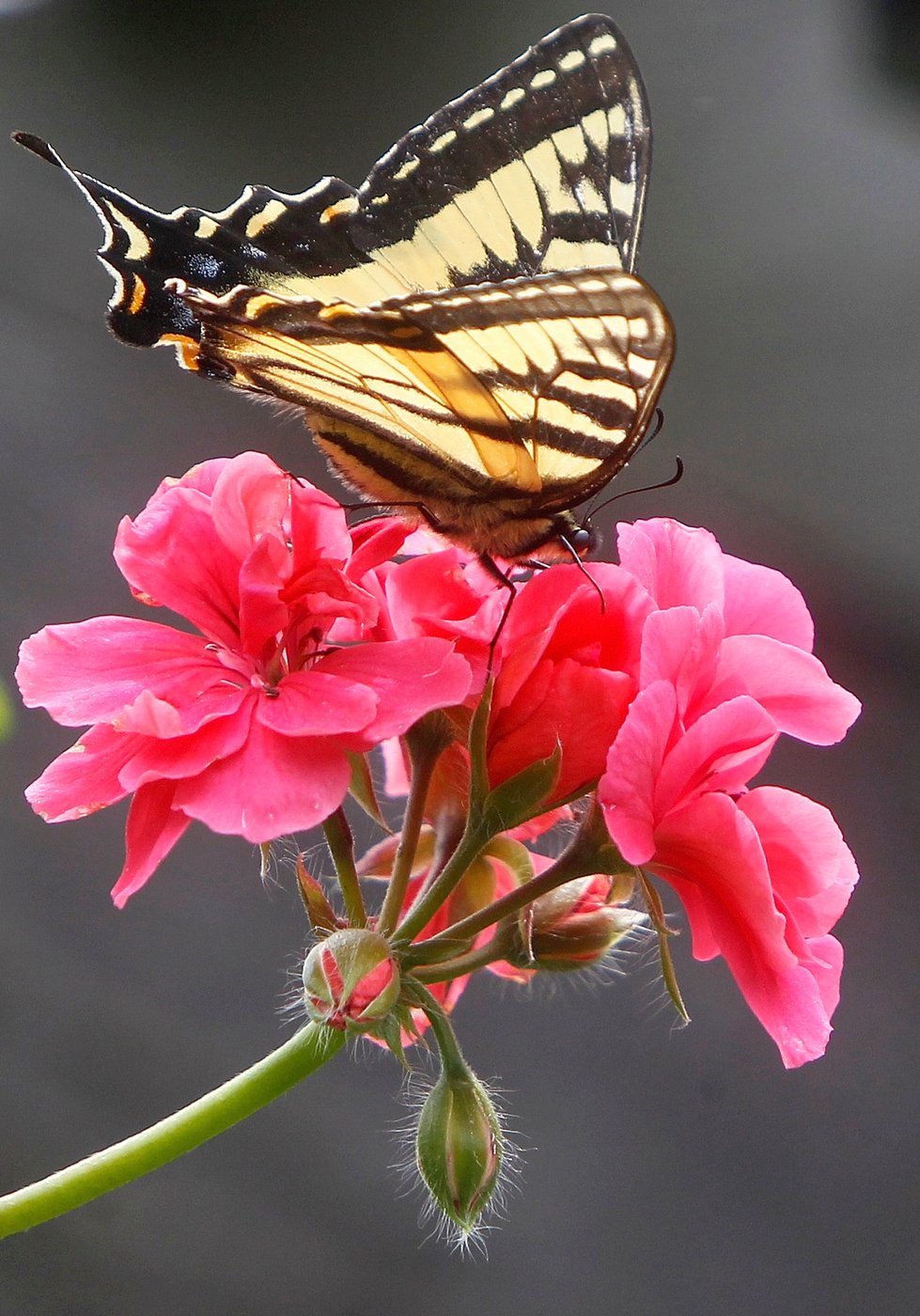Elevate your local knowledge
Sign up for the iNFOnews newsletter today!

If you’re like most well-intentioned gardeners, you might give a lot of thought to planting the “right” plants to nourish pollinators and other wildlife, with nectar, pollen, seeds and fruit. But have you given much thought to those animals’ habitat?
In addition to sustenance, beneficial insects and critters need a safe home in which to rest, hide, breed and pupate.
One area crucial to their lifecycles is around the base of trees.
“We talk about the importance of (native) trees in creating the caterpillars that drive the food web,” Doug Tallamy, entomologist and bestselling author of “Nature’s Best Hope” and “Bringing Nature Home,” told me the last time we spoke.
“But those caterpillars drop from the tree and they pupate in the ground. And how we landscape under those trees determines whether or not those caterpillars will survive,” he said.
Giving caterpillars a ‘soft landing’
So, how are we landscaping under our trees? Raise your hand if your grass goes right up to their trunks.
Instead, Tallamy says, “we want uncompacted areas where we’re not walking, which means (planting) beds around our trees. If you’re mowing or walking under them, you’re squishing all those caterpillars.”
Caterpillars feed birds, which provide pest-control services in our gardens by feeding thousands of insects each to their young every year. Caterpillars are also a crucial food source for reptiles and spiders. And they themselves eat up garden pests like aphids.
Later in life, they morph into moths and butterflies, becoming important pollinators for flowers, fruits and vegetables. Creating a so-called “soft landing” for them, while at the same providing habitat for native bees, fireflies, beetles and other beneficial insects, is essential for a healthy ecosystem. And it’s easy to do in two simple steps.
How to do it
For starters, allow leaves to rest directly under trees, where they fall. Those pupating caterpillars will get cozy in their natural blanket, and you’ll get a break from raking.
Next, plant groundcovers and other plants under the tree’s canopy, which is the overhead area that extends along the width of the tree from branch tip to branch tip. “Choose plants that are going to support the food web, the ones that will share the most energy with other living things,” Tallamy advises.
That means opting for ferns, woodland phlox, sedges and other native groundcovers, shrubs and perennials.
Plug your ZIP code into the National Wildlife Federation’s native plant finder to learn which plants are best suited for your region, according to Tallamy’s research.
___
Jessica Damiano writes weekly gardening columns for the AP and publishes the award-winning Weekly Dirt Newsletter. You can sign up here for weekly gardening tips and advice.
___
For more AP gardening stories, go to https://apnews.com/hub/gardening.




Want to share your thoughts, add context, or connect with others in your community?
You must be logged in to post a comment.